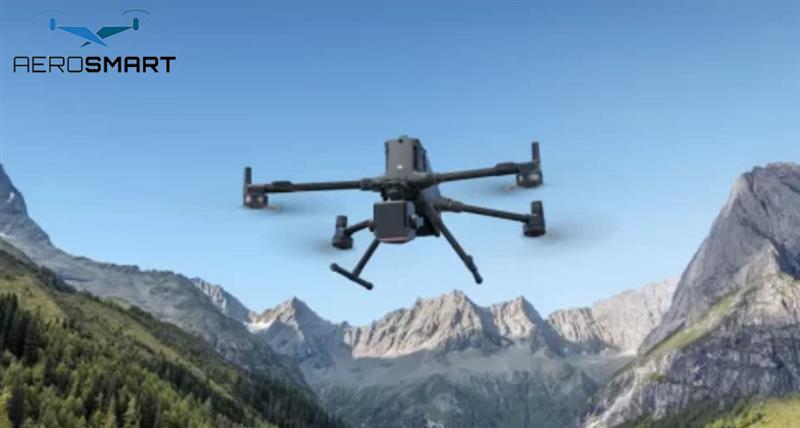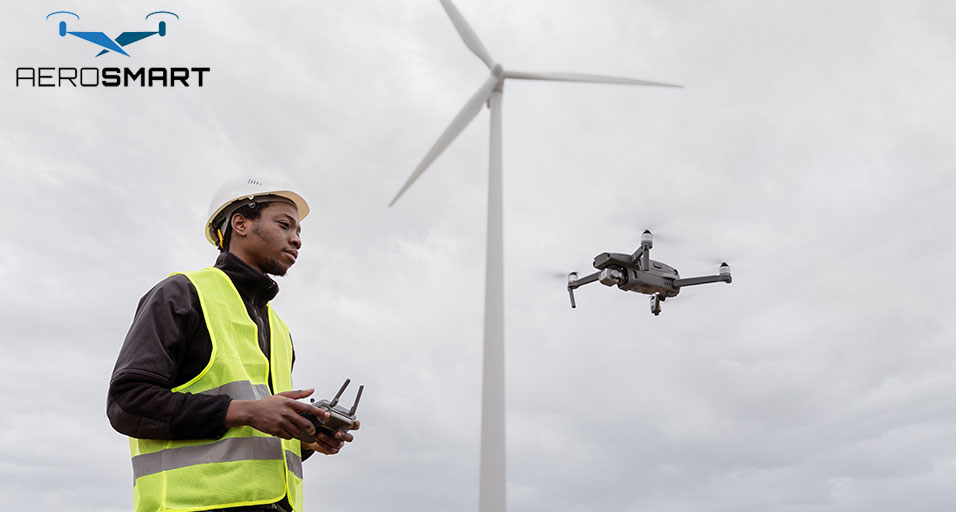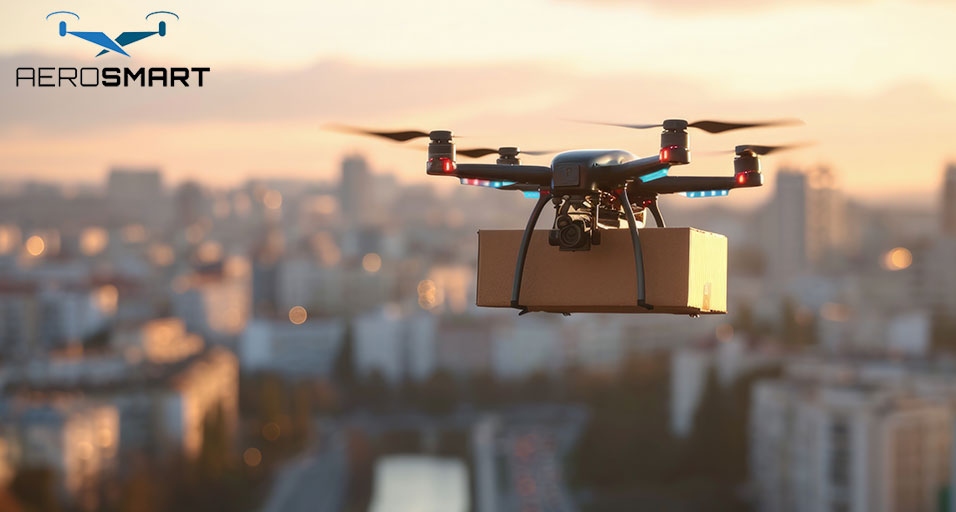Focal Length is an essential aspect of Drone Mapping as it is related to its sensor size, the curvature of the glass, and the distance between mirrors within the lens. It also determines the nature of images being taken by drone cameras. As the leading drone company in Dubai, we at Aerosmart present a detailed analysis of a 45MP full-frame sensor of DJI M350 RTK and DJI Zenmuse P1 deployed at standard focal lengths such as 24mm and 50mm and their role in collecting aerial data.
Field of View (FOV): Focal length is essential for Field of View (FOV), as it decides the quality and range of aerial data being captured. A shorter focal length of 24mm leads to a wider FOV, which captures more in a single shot, making it useful for surveys and large-area mapping; whereas a longer focal length is used to get images with greater detail. This is because a longer focal length of 50mm narrows the FOV, resulting in pictures that can focus on particular aspects of a smaller space.
Flight altitude:This aspect is also dependent on the focal length of a drone, as cameras with shorter focal lengths can fly at a higher altitude. This is not possible for drones with longer focal lengths, as they fly at lower altitudes.
Image resolution: This is a major difference between longer and shorter focal lengths, as the level of detail varies in pictures taken by them. A longer focal length of 50 mm can zoom in on the subjects and provide a clearer view of them, which makes them especially handy for inspection images. A shorter focal length of 24mm is mainly used for wider-range shots.
Distortion: This can vary on different focal lengths. Barrel distortion occurs on shorter focal lengths, where images appear curved at edges and affect the accuracy of mapping outputs. In the long focal lengths of Telephoto lenses, the distortion is less but can have motion blur due to high sensitivity in drone movement.
Data processing: The processing time taken by the 24mm lens is the shortest as they have reduced details.
Therefore, the focal length of a drone camera is crucial for the type of aerial data you want to collect. However, selecting between 24mm and 50mm is entirely dependent on the coverage of your drone mapping project. With this, you can optimize your data collection and achieve greater precision.











